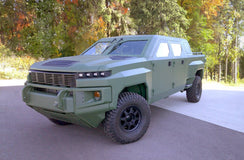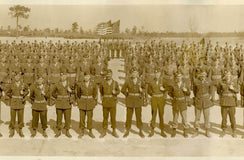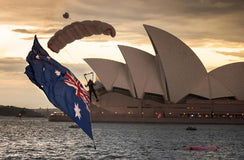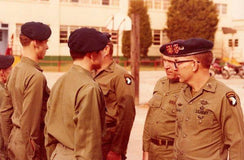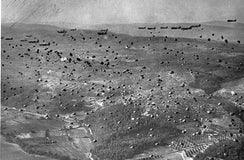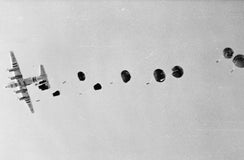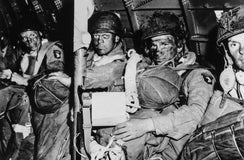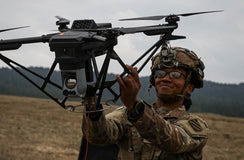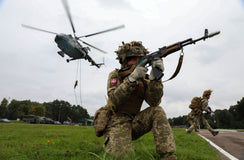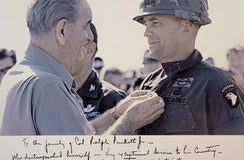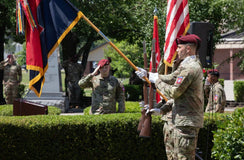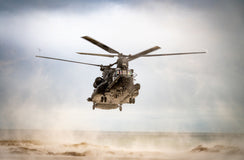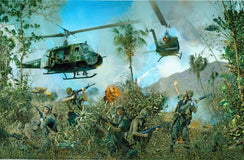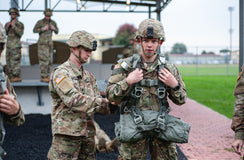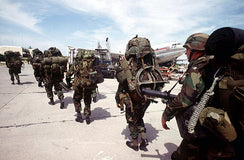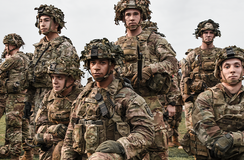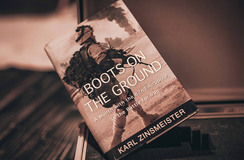The History of the "Filthy Thirteen"
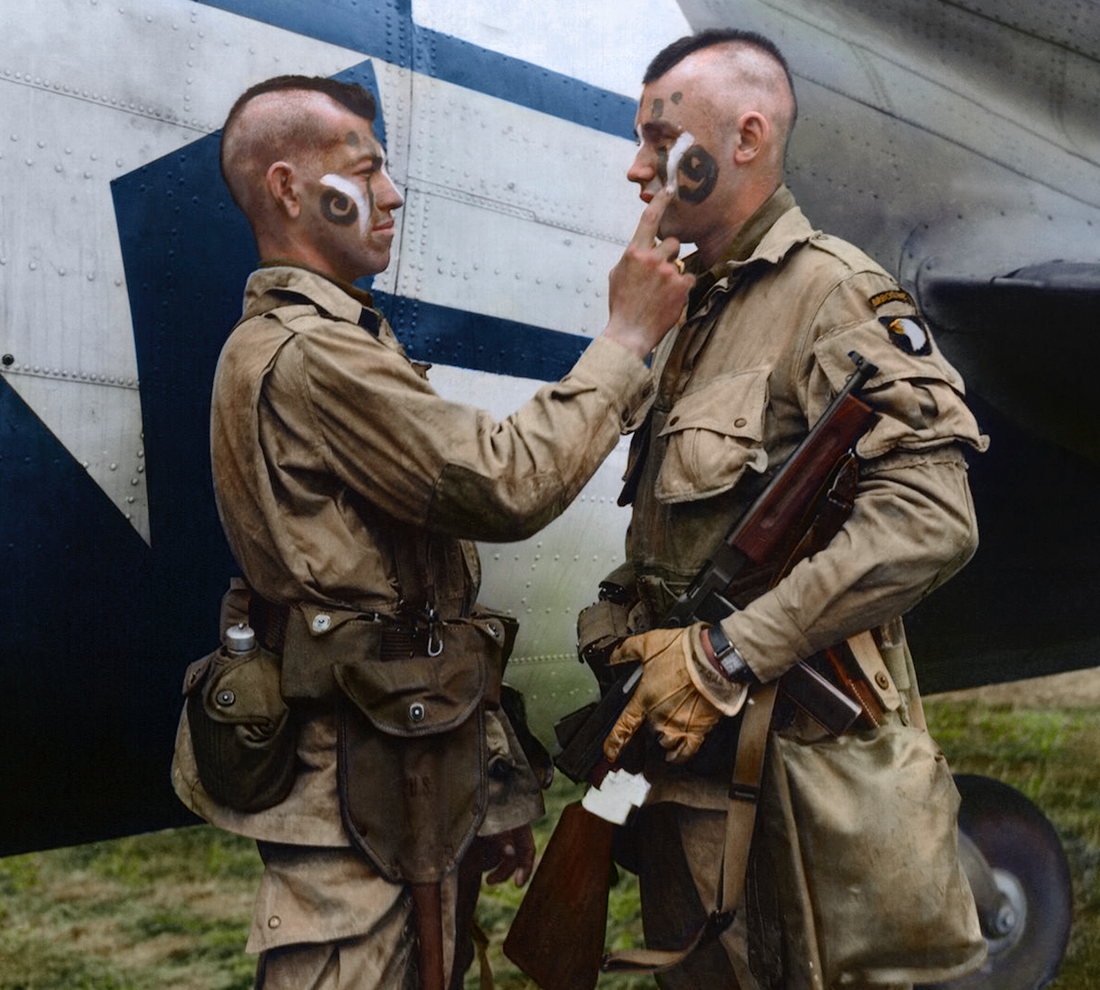
The Filthy Thirteen was the name given to the 1st Demolition Section of the Regimental Headquarters Company of the 506th Parachute Infantry Regiment, 101st Airborne Division, of the United States Army, which fought in the European campaign in World War II. This unit was the inspiration for the book and subsequent film The Dirty Dozen.
"We weren't murderers or anything, we just didn't do everything we were supposed to do in some ways and did a whole lot more than they wanted us to do in other ways. We were always in trouble."
Inspired by Jake McNiece's leadership style, the unit had a tremendous mission focus but their blatant disregard for those aspects of military discipline that did not contribute to the mission became the bane of their officers. The unit acquired the nickname the Filthy Thirteen while living in Nissen huts in England. A demolition section consisted of thirteen enlisted men and they refused to bathe during the week in order to use their water ration for cooking game poached from the neighboring manor.
During the Normandy Invasion of Europe in June 1944, the group was airdropped with the 3rd Battalion, 506th Parachute Infantry Regiment by aircraft of the 440th Troop Carrier Group of the United States Army Air Forces. They were ordered to secure or destroy the bridges over the Douve River. Half were either killed, wounded or captured on the jump, but the rest led by Jake McNiece accomplished their mission.
During Operation Market Garden, the Demolition Platoon was assigned to defend the three bridges over the Dommel River in Eindhoven, the Netherlands. German bombing of the city killed or wounded half the demolitions men in the platoon. For the rest of the campaign, the demolitions men secured the regimental command post or protected wire-laying details. On one occasion, the survivors of the Demolitions Platoon were assigned as a rifle squad to an understrength company.
After Market Garden, McNiece volunteered for the Pathfinders thinking he would never make another combat jump. Half the surviving members of the original Filthy Thirteen followed him into the Pathfinders. They then parachuted into the encircled town of Bastogne at the height of the Battle of the Bulge. Anticipating casualties as high as 80–90%, the 20 pathfinders lost only one man. Their CRN-4 beacon enabled them to guide in subsequent airdrops of supplies crucial to the continued resistance of the trapped 101st Airborne Division.
McNiece considered that any activities not directly concerned with his mission were irrelevant, an attitude that got him in constant trouble with the military authorities. Nevertheless, McNiece finished the war as the acting first sergeant and with four combat jumps, a very rare feat for an American paratrooper. His combat jumps included Normandy, the Netherlands as part of Operation Market Garden, the pathfinder jump in to Bastogne, Belgium, during the Battle of the Bulge, and as an observer with the 17th Airborne Division during Operation Varsity.
Below is the members of "The Filthy Thirteen":
Jack Agnew (W.I.A, Normandy) *Bastogne Pathfinder*
George Baran (W.I.A, Normandy)
Roland "Frenchy" R. Baribeau (K.I.A, Normandy)
Robert S. "Ragsman" Cone (P.O.W, Normandy)
Charles "Maw" Darnell (P.O.W, Normandy)
John Dewey *Bastogne Pathfinder*
Charles "Trigger" Gann (P.O.W. Bastogne)
James F. "Piccadilly Willy" Green (P.O.W, Normandy)
John "Peepnuts" Hale (K.I.A, Normandy)
James E. "LaLa" Leech (P.O.W, Normandy)
Louis "LouLip" Lipp (W.I.A, Normandy)
Thomas "Old Man" Lonergan
Max Majewski *Bastogne Pathfinder*
Miguel "Mike" Marquez
Lieutenant Charles Mellen (K.I.A, Normandy)
Jake McNiece *Bastogne Pathfinder*
Frank "Shorty" Mihlan *Transferred to HQ*
John H. "Dinty" Mohr
Joseph "Joe" Oleskiewicz (K.I.A, Holland)
Frank Palys
Herb "Herby" Pierce
Charles "Chuck" Plauda
George "GoogGoo" Radeka (K.I.A, Normandy)
Andrew "Andy" Rasmussen (W.I.A, Normandy)
Brincely Stroup (Injured in Practice Jump, Pre-Invasion)
Clarence Ware (W.I.A, Normandy)
Jack "Hawkeye" Womer
Tom Young

